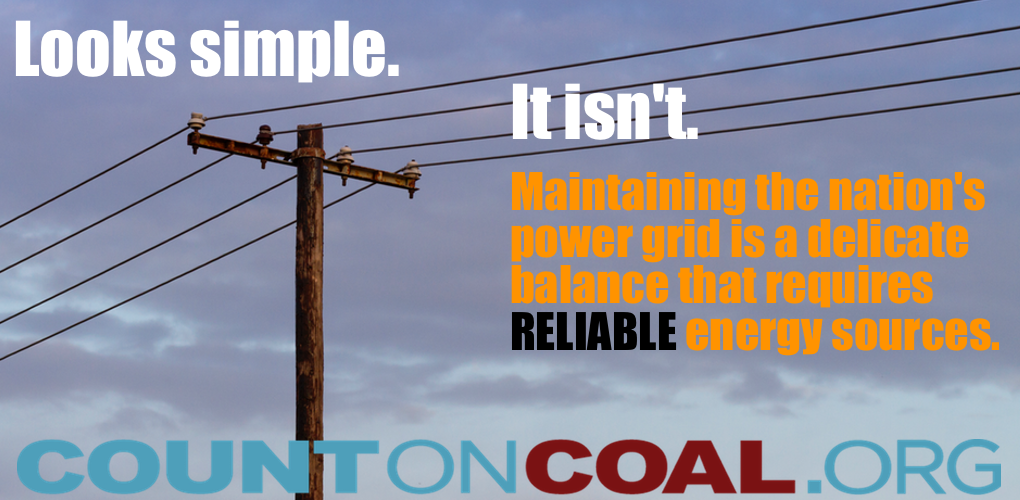
Green Fantasy Gets Bad Reviews
June 28, 2017
Just in time for Energy Week comes a new paper by 21 academicians, all from prestigious research institutions, that drives a stake in the heart of the prevailing renewable energy fantasy.
The authors, writing in the Proceedings of the National Academy of Sciences last week, systematically demolish the claim made in the same publication by Stanford University’s Mark Jacobson. His claim: the grid can be run reliably, affordably and almost entirely by renewables and hydro by mid-century.
In his widely-discussed paper published in 2015, Prof. Jacobson asserted that a “low-cost solution to the grid reliability problem” is achievable without fossil fuels, nuclear power, carbon capture technologies, biofuels and stationary batteries. How is this possible when wind and solar still account for no more than about 7 percent of power generation and hydroelectricity is geographically restricted? Mainly, Jacobson claimed, by integrating hydrogen and underground thermal systems.
His answer was good enough to persuade the green intelligentsia including actor Mark Ruffalo, pundit Van Jones and Senator Bernie Sanders to sell the renewable grid fantasy. Jacobson’s paper doubtless inspired pledges from many cities to become 100 percent renewable-dependent and states like California and New York to pass aggressive renewable fuel standards.
But the broadside unleashed by Jacobson’s critics should bring everyone but green ideologues back down to Earth. “Mark’s [Jacobson] simple solution attracts many who really have no way to understand the complexity,” said Jane Long, former associate director of the Lawrence Livermore National Laboratory. “It’s consequently important to call him out.”
Call him out they did. Critics described a farrago of “modeling errors” and “implausible and inadequately supported assumptions” that could lead to “wildly unrealistic expectations” and “massive misallocation of resources.” It’s a “devastating” critique said a Jacobson critic at the Council on Foreign Relations.
Among the criticisms: Dams cannot be built large and fast enough to generate the hydro power needed. Underground thermal, while big in Denmark, would here require wholly unforeseen infrastructure investment. Wind has limitations dictated by physics and the continuation of subsidies. Even with transmission buildouts on a massive scale that none expect, intermittent sources of energy like wind and solar could supply the Eastern half of the U.S. with no more than a third of its electricity needs.
The critique of this renewable fantasy is as timely as it is devastating. Energy and the environment have become intertwined issues and therefore divide us just as much as health care and taxation. Many partisans are only too willing to accept aspirational goals as the basis of energy policy and gamble with the future of the grid. Others are quick to label their opponents “science deniers” but ignore scientific evidence that challenges green fantasies.
Keep all this in mind when the renewables industry reacts to the findings of Energy Secretary Perry’s grid report next month.
- On June 28, 2017
